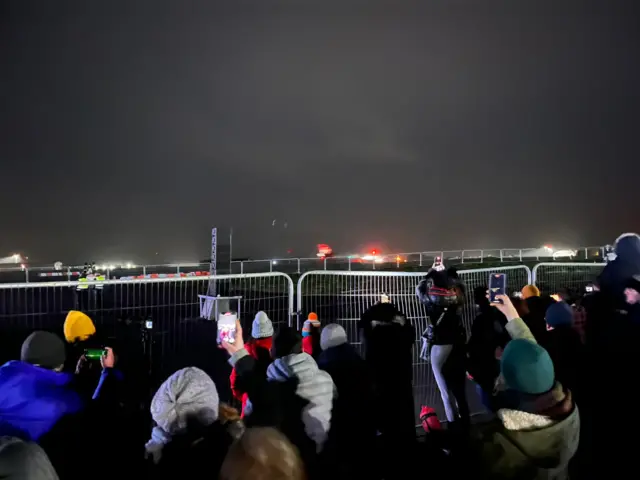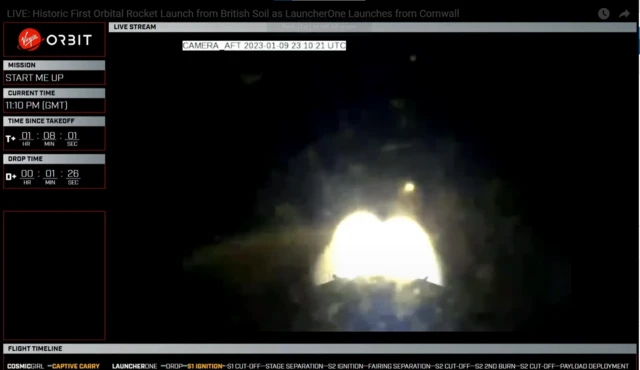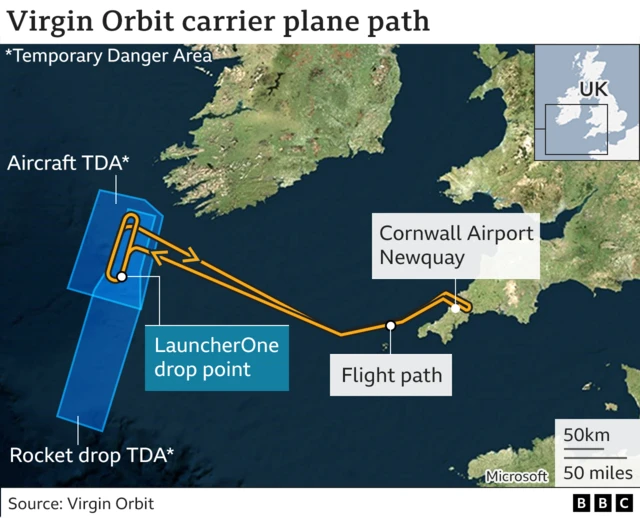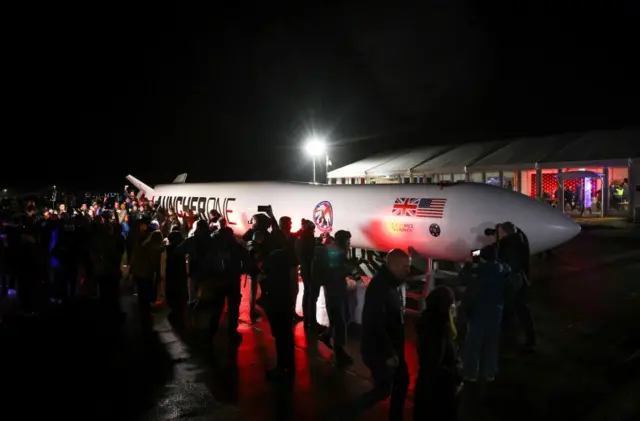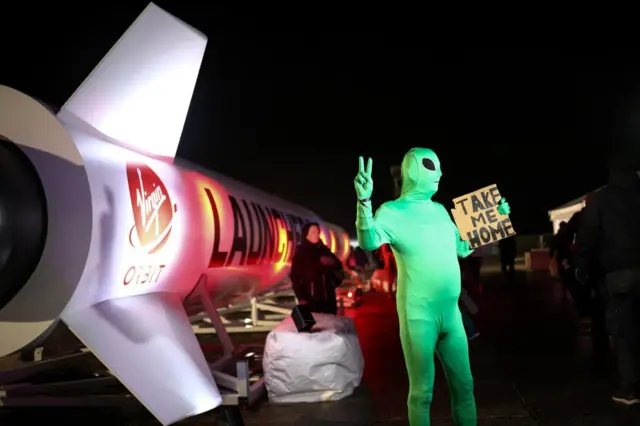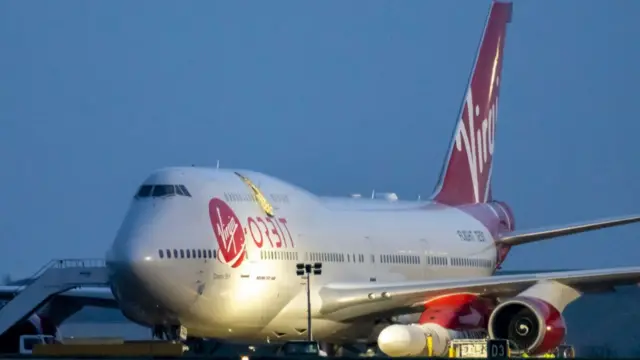We're ending our live coverage nowpublished at 01:32 GMT 10 January 2023
We're finishing our live reporting here now after the UK's first orbital space launch ended in failure.
You can keep up with latest developments on the BBC website here.
The writers of this live page were Brodie Owen and Malu Cursino, and it was edited by Chris Giles and Georgina Rannard.
Our reporters in Newquay were Rebecca Morelle, Jonathan Amos, Johnny O'Shea and Jonathan Morris.




